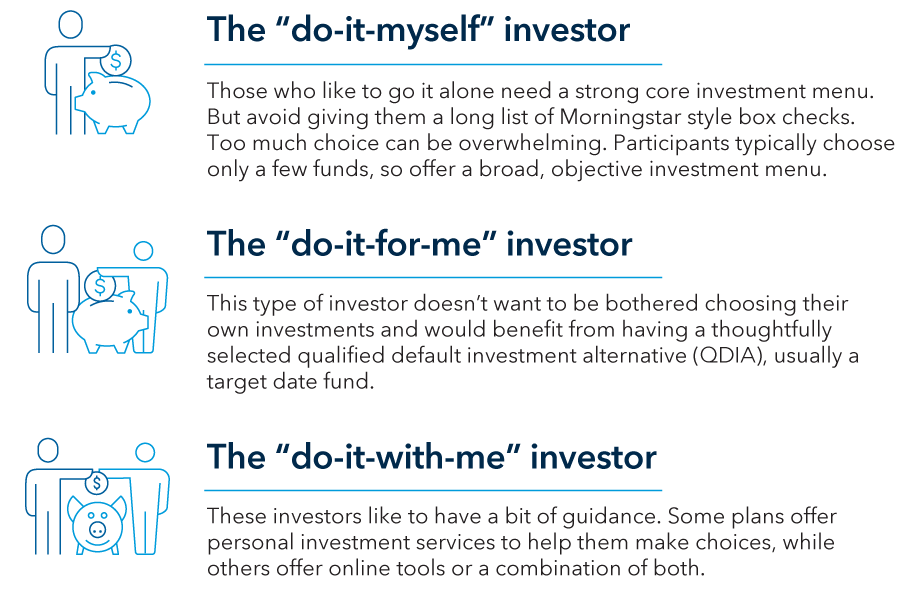Annual plan reviews are an essential part of supporting your plan sponsor clients and their participants. But they don’t have to be an overly onerous task to check off your New Year’s to-do list.
Instead, use a combination of art and science to showcase the value you bring throughout the year. One common pitfall financial professionals often experience is to focus the review on the science — plan costs and the funds by the numbers. Anyone can plug numbers into a computer and obtain an output. In many ways you, as the financial professional, bring the “art” by tying the numbers to your clients’ human needs.



